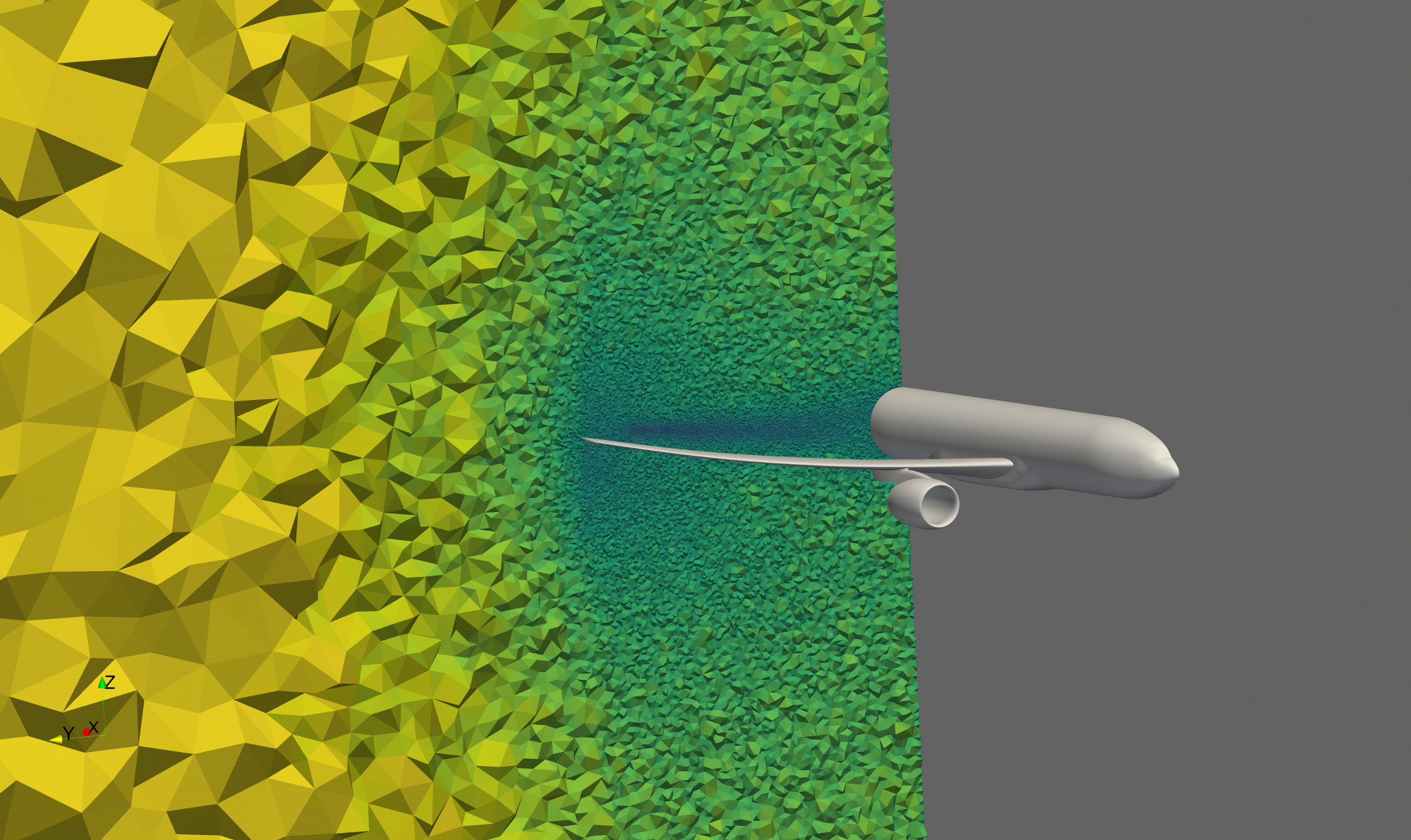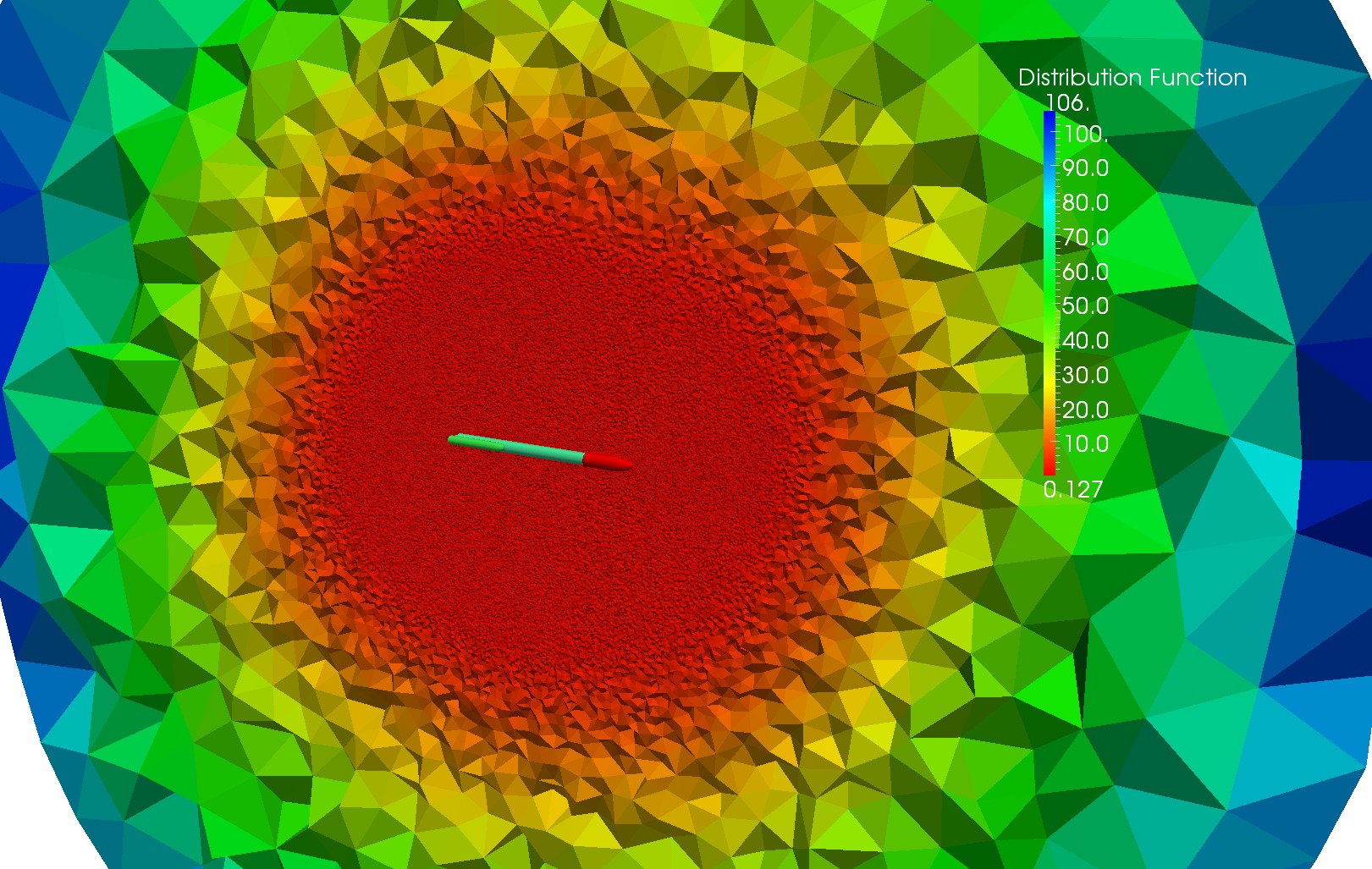Difference between revisions of "Main Page"
From crtc.cs.odu.edu
(→Extreme-Scale Parallel Mesh Generation) |
(→Extreme-Scale Parallel Mesh Generation) |
||
| Line 4: | Line 4: | ||
<div><ul> | <div><ul> | ||
{| style="border-spacing: 2px; border: 1px solid darkgray;" | {| style="border-spacing: 2px; border: 1px solid darkgray;" | ||
| − | ! style="width: | + | ! style="width: 333px;" | |
| − | ! style="width: | + | ! style="width: 333px;" | |
| − | ! style="width: | + | ! style="width: 333px;" | |
| − | |||
|- | |- | ||
|- style="text-align: center;" | |- style="text-align: center;" | ||
| | | | ||
| − | [[File:CDT3D.jpg| | + | [[File:CDT3D.jpg|330px|CDT3D Mesh]] |
| | | | ||
| − | [[File:Rocket_Mesh.jpg| | + | [[File:Rocket_Mesh.jpg|330px|Rocket with Engine Mesh]] |
| | | | ||
| − | + | [[File:Output_grid.jpg|330px|Output Grid Mesh]] | |
| − | |||
| − | [[File:Output_grid.jpg| | ||
|- style="text-align: center;" | |- style="text-align: center;" | ||
| − | |'''CDT3D | + | |'''CDT3D Meshes using speculative execution model at the chip level'''| |
|} | |} | ||
</ul></div> | </ul></div> | ||
Revision as of 12:13, 8 October 2017
Contents
Extreme-Scale Parallel Mesh Generation
Overview
Finite Element Mesh Generation is a critical component for many (bio-) engineering and science applications. The goal of this project is to deliver a novel Telescopic framework for highly scalable and energy efficient codes. Domain-and application-specific knowledge and run-time system support are combined to improve accuracy of FE computations.
We have assembled a team of established leaders (see External Collaborators) that are currently developing state-of-the-art work on mesh generation and adaptivity issues relevant to NASA’s CFD 2030 Vision and will broadly impact end-user productivity of users throughout DoD and NASA.
Objectives
- Design a multi-layered algorithmic and software framework for 3D tetrahedral anisotropic parallel mesh generation methods using state-of-the-art functionality supported by methods implemented in AFLR and CRTC’s telescopic approach for parallel mesh generation.
- Development of error-based metrics to drive an anisotropic adaptive process
- Design a power-aware parallel runtime software system for extreme-scale adaptive CFD computations including: (i) mesh generation & adaptation, and (ii) consistent error-based metrics for adaptation of any CFD discretization with localizable error estimates.



